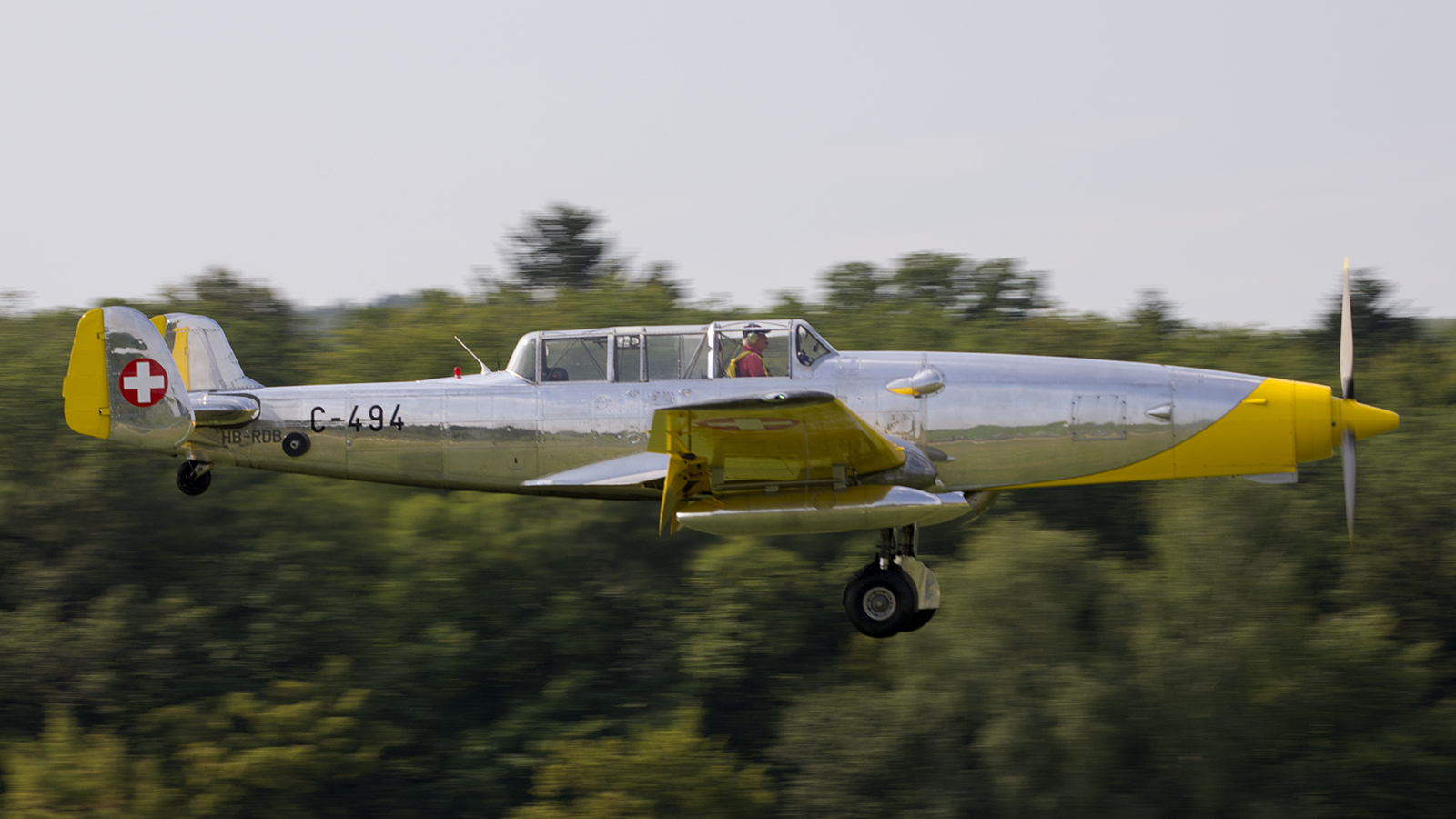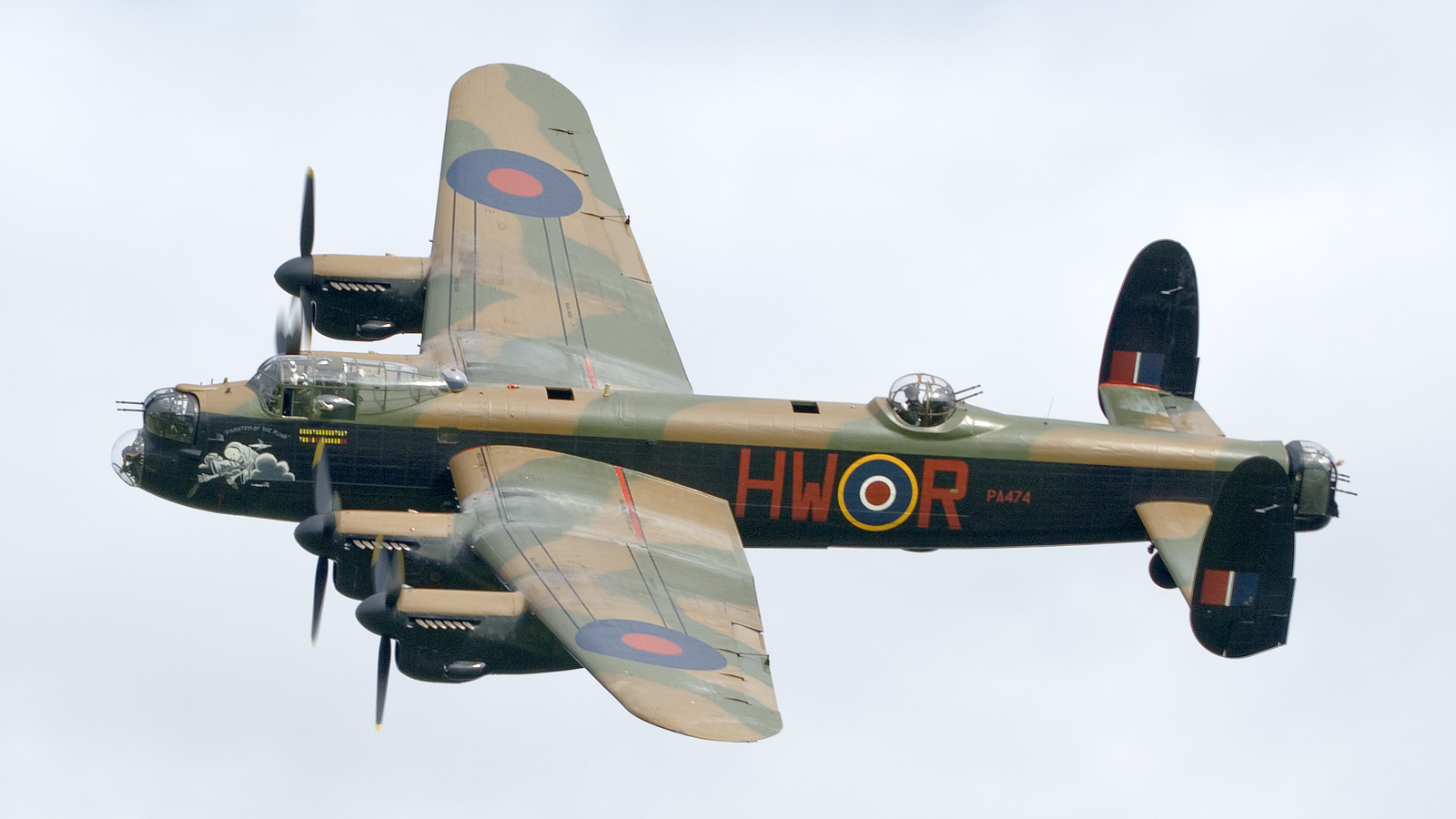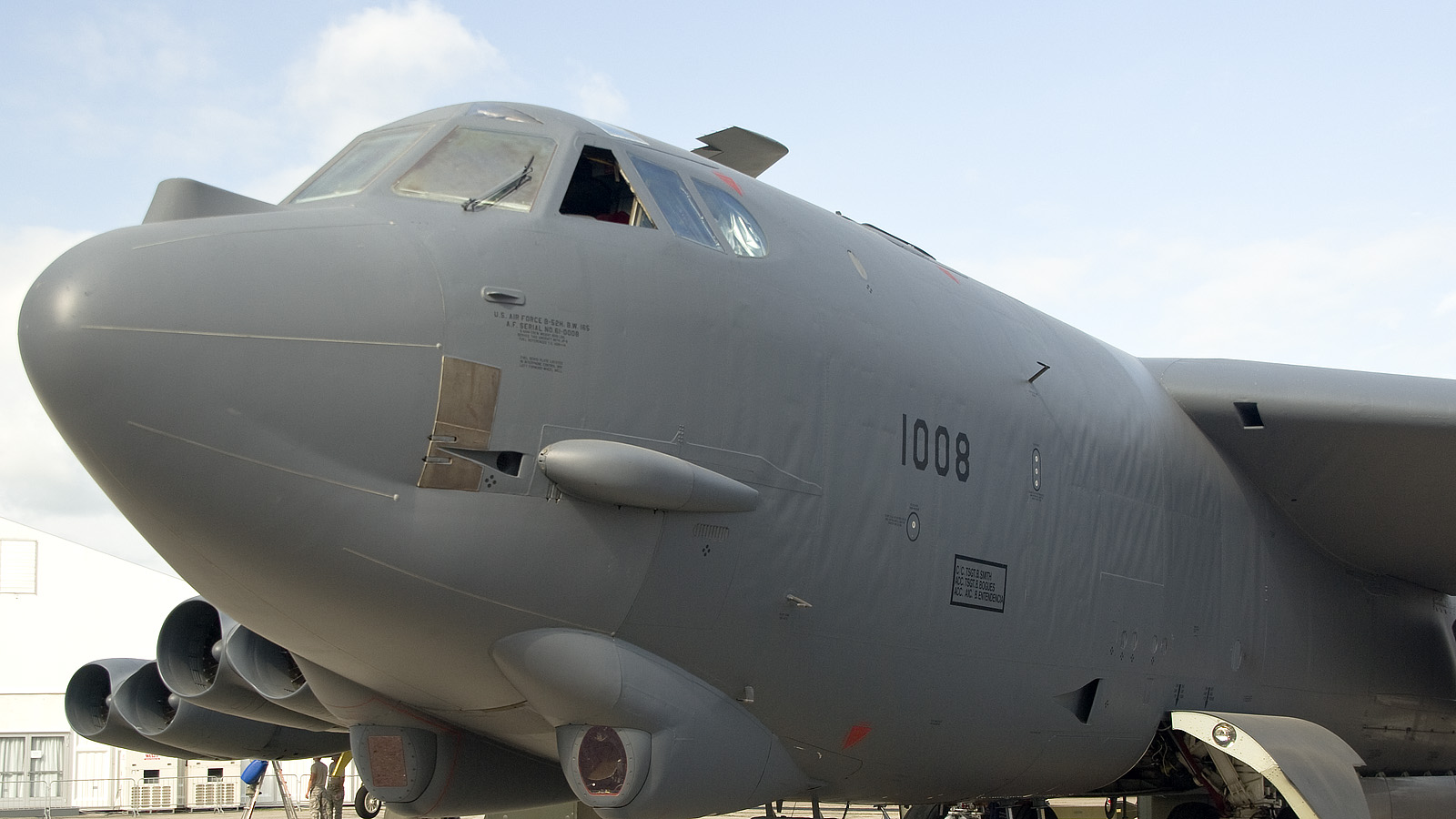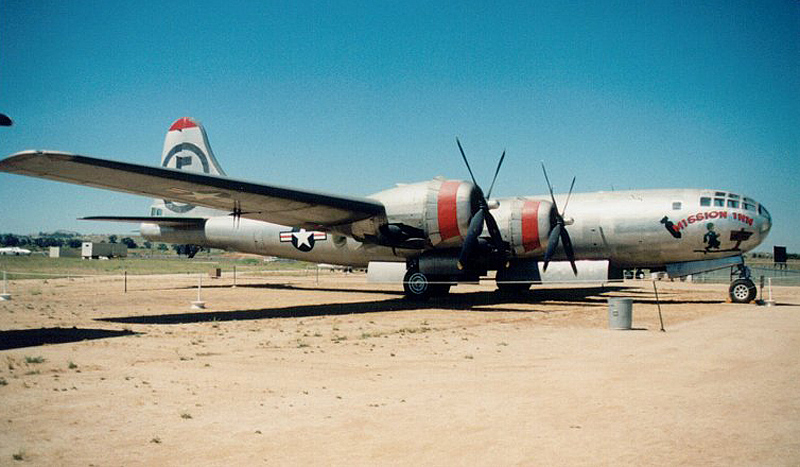
The F & W C 3605 Schlepp target-tug began life as a fighter bomber during the Second World War and ended it as a target tug in 1987.
Developing nation: Switzerland.
Manufacturer/designer: Swiss Federal Aircraft Factory, renamed Farner Werke (F+W) in 1972.
Production Lines: Emmen.
Type aircraft: target-tug /fighter bomber.
First flight: 19 August 1968.
Built: 24.
The design of this Swiss aircraft goes back to 1939 when the prototype two seater EKW C-3601 first flew. Fitted with twin fins, the aircraft was powered by a 1000 hp Hispano-Suiza HS-51 12Y piston engine, and was designed for multi purpose roles – including that of fighter, ground attack and light bomber. This prototype was destroyed after only a few flights, but had shown sufficient promise for further development.
The all metal design was put into production by the Federal Eidg. KonstruktionsWerkstatte (EKW) aircraft factory at Thun as the C-3603, and was one of the first home designs put into large scale production for the Swiss Air Force. The aircraft was fitted with two machine guns in the wings, plus a rearward facing one operated by hand by the second crew member/observer. Over 150 were delivered to the Swiss Air Force from 1942, being used to patrol Switzerland’s neutral air space (along with Swiss Messerschmitt Bf-109’s), with six squadrons being equipped during World War Two, the C-3603’s served until 1952 when they were replaced by DH Vampire jet fighters.
Instead of a new type, a C-3603 was re-engined by FlugzeugWerk (F + W) at Emmen with a 1,100 hp Lycoming T53-L turbo-prop, housed in an extended nose. This necessitated the addition of a third tail fin, as well as other minor modifications. Trials with the prototype during August 1968 were satisfactory, and a further twenty three conversions were undertaken by F + W between 1969 and 1973 – the type now becoming the C-3605 Schlepp [Basic translation = Tug]. Although not as fast as the C-3603, this did not matter in its new role. The Schlepp continued to serve the Air Force as a target tug until fatigue problems began to show up in the mid 1980’s, resulting in the types withdrawal from military service in the summer of 1987. Most were then sold off at auction at Lodrino in December 1987.
General characteristics
- Crew: Two (pilot and winch operator)
- Length: 12.03 m (39 ft 6 in)
- Wingspan: 13.74 m (45 ft 1 in)
- Height: 4.05 m (13 ft 3 in)
- Wing area: 28.70 m2 (308.9 sq ft)
- Aspect ratio: 6.58
- Empty weight: 2,634 kg (5,807 lb)
- Gross weight: 3,300 kg (7,275 lb)
- Max takeoff weight: 3,716 kg (8,192 lb)
- Fuel capacity: 510 litres (110 imp gal; 130 US gal)
- Powerplant: 1 × Lycoming T53-L-7 turboprop, 820 kW (1,100 shp)
- Propellers: 3-bladed Hamilton Standard 53C51, 3.05 m (10 ft 0 in) diameter
Performance
- Maximum speed: 432 km/h (268 mph; 233 kn) at 3,050 metres (10,010 ft)
- Cruising speed: 420 km/h (261 mph; 227 kn)
- Stall speed: 98 km/h (61 mph; 53 kn) flaps down
- Never exceed speed: 600 km/h (373 mph; 324 kn)
- Range: 980 km (609 mi; 529 nmi) with 10% reserve
- Service ceiling: 10,000 m (32,808 ft)
- Rate of climb: 12.5 m/s (2,470 ft/min)
- Wing loading: 129 kg/m² (26 lb/sq ft) at max takeoff weight
- Power/mass: 3.38 kg/shp (7.45 lb/shp) at max takeoff weight
Armament
- SZW 52 target-towing winch, 2,000 metres (6,600 ft) cable; two underwing hardpoints for supply containers or smoke generators.
Avionics
- 28V DC electrical system; full blind-flying instrumentation.
All pictures courtesy of Zijde Aviation Photo and Publishing, Rob Vogelaar / Marcel van Leeuwen


